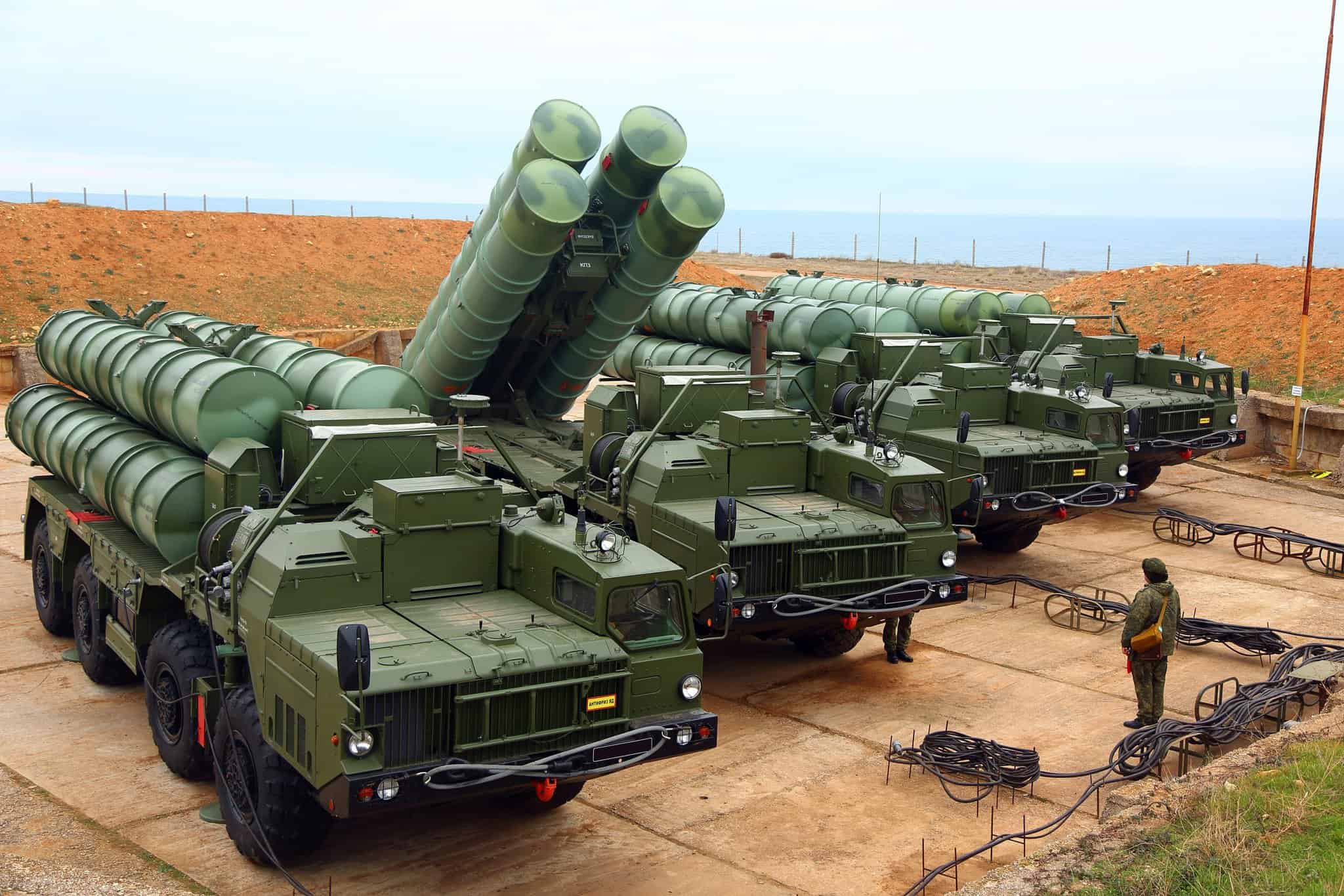In a groundbreaking moment for Ukraine’s military, a pilot maneuvered a Western-supplied F-16 fighter jet to achieve an unprecedented success against Russian missile forces. This milestone marks the first recorded instance of an F-16 shooting down a significant number of Russian cruise missiles in one combat sortie.
Historic Victory in the Skies
On December 13, 2024, while Russia launched a massive aerial assault involving nearly 200 drones and 94 missiles targeting Ukraine, the Ukrainian Air Force reported a stunning victory. An F-16 fighter jet, skillfully operated by a Ukrainian pilot whose identity remains confidential, downed six Russian cruise missiles, defying both Russian electronic disruptions and the challenging combat environment.
This accomplishment marks the first time the F-16, known as the Fighting Falcon, has successfully neutralized multiple Russian cruise missiles in a single mission.
A Training That Paid Off
Following extensive training by U.S. instructors, the Ukrainian pilot expertly engaged the missiles using both medium-range and short-range air-to-air missiles. Furthermore, he showcased remarkable skill by utilizing an aircraft cannon to intercept a missile targeting Kyiv. This swiftly-applied knowledge demonstrates the effectiveness of simulation-based training brought to life in active combat scenarios.
Ukraine’s Strategic Ambitions
The success is expected to fuel Ukraine’s demands for an expanded fleet of F-16s. Kyiv looks to ally support to reinforce its air defense capabilities, with aspirations for even more advanced technology like the F-35 in the future. This achievement not only boosts morale but also strengthens Ukrainian claims for additional aircraft aid, positioning its pilots as a formidable force in Europe’s airspace.
Ukraine’s F-16 Triumph Signals a Shift in Air Combat Dynamics
Historic Achievement: F-16 vs. Russian Missiles
Amid escalating tensions and relentless aerial assaults, Ukraine’s military has showcased a significant advancement in air combat by employing Western-supplied F-16 fighter jets. On December 13, 2024, in a pivotal engagement, a Ukrainian pilot successfully neutralized six Russian cruise missiles. This remarkable feat is a testament to the high-tech capabilities of the F-16, establishing a precedent for future air defense operations.
Enhanced Training and Tactics
The triumph was not only a demonstration of the F-16’s capabilities but also highlighted the comprehensive training Ukrainian pilots have undergone. Immersive simulation-based training conducted by U.S. instructors has paid dividends, enabling pilots to deftly maneuver against electronic warfare tactics and intercept threats with precision. This rigorous preparation underscores the crucial role of advanced training programs in modern military strategy.
Strategic Air Defense Augmentation
Ukraine’s air force victory catalyzes an assertive push for bolstered air defense through additional F-16 acquisitions. The success amplifies Ukraine’s strategic ambition to fortify its military assets with cutting-edge technology. The prospect of integrating F-35 jets into Ukraine’s air arsenal is also being considered, which would drastically enhance its defense posture and deterrence capability within Europe.
Implications for Global Airpower Strategy
# Pros and Cons of F-16 Deployment
Pros:
– Versatility: Capable of engaging multiple targets with precision.
– Adaptability: Successful against sophisticated electronic warfare measures.
Cons:
– Dependency on Supply Lines: Requires consistent support for maintenance and munitions.
– Training Needs: Intensive training required for effective operation.
The Future of F-16s in Conflict Zones
F-16 fighter jets now stand as a symbol of resilience and technological prowess on the battlefield. This development may trigger a broader adoption of similar jets by other nations facing comparable threats. The introduction of these aircraft into Ukraine’s military strategy suggests a paradigm shift in regional airpower dynamics.
As nations evaluate the evolving security landscape, the Ukrainian example highlights the importance of technology assimilation, international alliances, and pilot training in achieving air superiority.
Related Links
– Learn more about the F-16 Fighting Falcon at U.S. Air Force.
– For information on the future of air combat technology, visit Lockheed Martin.














